Home>Gardening & Outdoor>Outdoor Recreation & Activities>What Is The Distance Between Cornhole Boards?
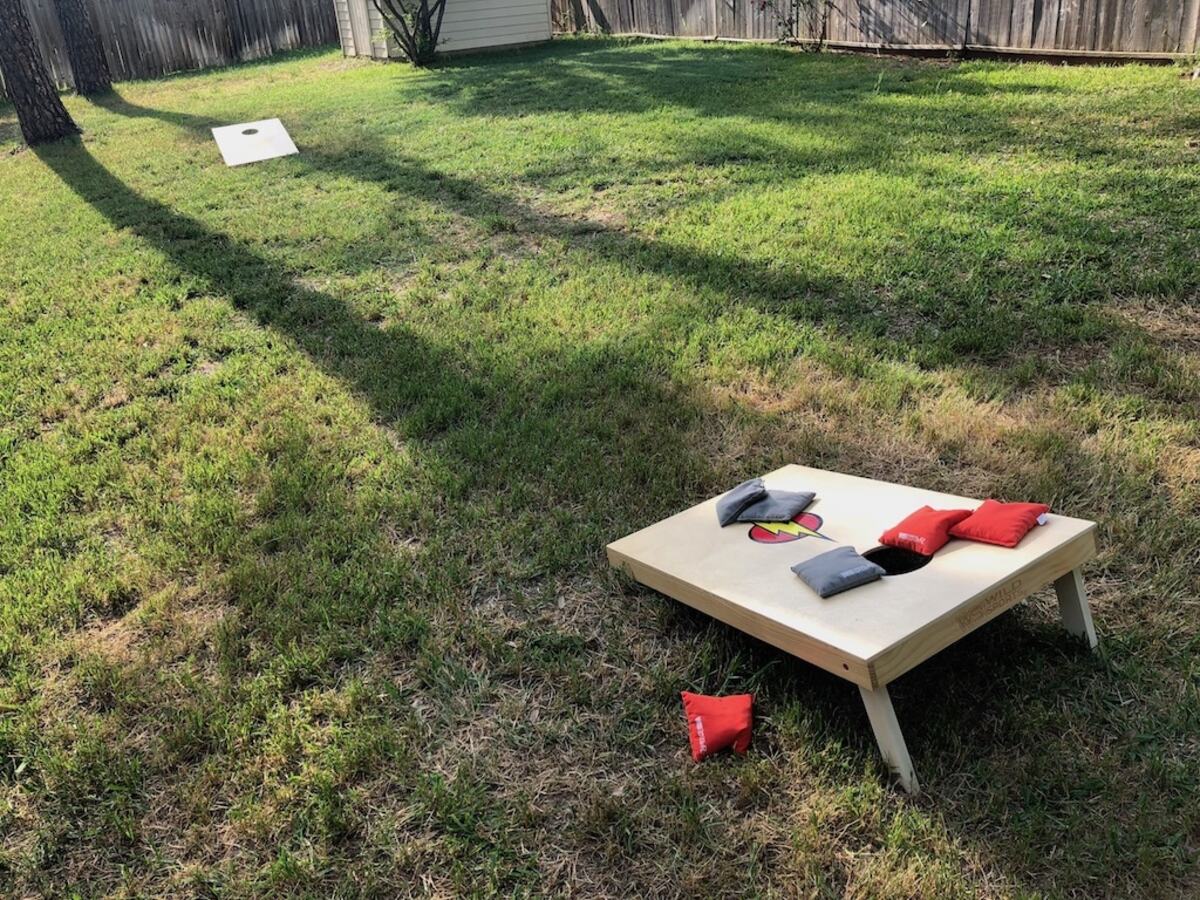

Outdoor Recreation & Activities
What Is The Distance Between Cornhole Boards?
Modified: March 2, 2024
Discover the ideal distance between cornhole boards for the ultimate outdoor recreation and activities. Get expert tips and guidelines for the perfect setup.
(Many of the links in this article redirect to a specific reviewed product. Your purchase of these products through affiliate links helps to generate commission for Storables.com, at no extra cost. Learn more)
Introduction
Cornhole, a beloved outdoor game that has gained widespread popularity, is a staple at backyard gatherings, tailgate parties, and recreational events. The game's simple yet engaging nature makes it a favorite among people of all ages. As with any sport or game, there are specific guidelines and regulations to ensure fair play and maximum enjoyment. One crucial aspect of cornhole is the distance between the boards, which significantly impacts the game's dynamics and overall experience.
Understanding the optimal distance between cornhole boards is essential for players and enthusiasts alike. Whether you're a seasoned cornhole aficionado or a newcomer to the game, grasping the significance of board placement and the associated regulations is fundamental to honing your skills and participating in organized competitions.
In this comprehensive guide, we will delve into the standard dimensions of cornhole boards, explore the regulations governing board distance in official play, examine variations in board placement, and consider the factors that influence the ideal cornhole board distance. By the end of this article, you will have a thorough understanding of the critical elements that contribute to an enjoyable and competitive game of cornhole. Whether you're setting up your own backyard cornhole tournament or aiming to improve your skills for casual play, the insights provided here will undoubtedly enhance your cornhole experience. So, let's embark on this enlightening journey into the world of cornhole board distances and regulations.
Key Takeaways:
- The standard distance between cornhole boards is 27 feet for official competitions, but players can adjust it for casual play based on skill level and available space, making the game adaptable and enjoyable for everyone.
- Factors like player skill level, available space, and desired challenge level influence the ideal distance between cornhole boards, allowing for a tailored and engaging experience in diverse settings.
Standard Cornhole Board Dimensions
Before delving into the specifics of cornhole board distances, it’s crucial to understand the standard dimensions of a regulation cornhole board. A typical cornhole board is a rectangular wooden platform with a smooth surface, designed to provide the ideal playing conditions for the game. The standard dimensions of a regulation cornhole board are 2 feet in width and 4 feet in length, with a small area near the top where the cornhole bags are to be tossed into the hole.
Each board is elevated at one end, typically positioned at an angle of approximately 12 inches from the ground to the back of the board and around 3-4 inches from the ground to the front of the board. This incline creates the characteristic challenge of aiming for the hole while allowing the bags to slide smoothly on the board’s surface.
It’s important to note that the construction and dimensions of cornhole boards can vary, especially for non-regulation or custom-made boards. While the standard dimensions provide a consistent playing experience, enthusiasts and casual players often personalize their boards, incorporating unique designs and dimensions to reflect their individuality and creativity.
Understanding the standard dimensions of a cornhole board lays the foundation for comprehending the significance of the distance between boards, as it directly influences the dynamics of the game and the strategies employed by players. With this knowledge in mind, let’s proceed to explore the regulations governing the distance between cornhole boards in official play.
Regulation Cornhole Board Distance
In official cornhole competitions and tournaments, adherence to specific regulations regarding the distance between cornhole boards is paramount to ensure fairness and standardization. The American Cornhole Organization (ACO) and the American Cornhole League (ACL) are among the governing bodies that have established comprehensive rules and guidelines for competitive cornhole play, including the regulation distance between boards.
According to the standard regulations set forth by these organizations, the front edges of the cornhole boards are placed 27 feet apart from each other. This measurement is consistent with the distance required for professional and sanctioned cornhole events, providing a uniform playing field for participants and ensuring a level competitive landscape.
The regulation distance of 27 feet aligns with the optimal range for challenging players’ throwing accuracy and strategic decision-making while maintaining a fair and equitable environment for all competitors. This standardized distance has been meticulously determined through extensive testing and analysis, aiming to uphold the integrity of the game and elevate the level of competition in organized cornhole events.
It’s important to emphasize that while the regulation distance of 27 feet is the standard for professional and competitive play, casual and recreational cornhole enthusiasts often adjust the board distance based on their preferences and available space. Flexibility in board placement allows for enjoyable gameplay in various settings, accommodating diverse playing styles and skill levels.
Understanding the regulation cornhole board distance is essential for those aspiring to participate in organized tournaments and competitive events, as it sets the benchmark for honing skills and mastering the intricacies of the game. With this knowledge in mind, let’s delve into the variations in cornhole board distance and explore the factors that influence the ideal placement of cornhole boards in different contexts.
The regulation distance between cornhole boards is 27 feet from front edge to front edge. Use a tape measure to ensure accurate placement for a fair game.
Variations in Cornhole Board Distance
While the regulation distance of 27 feet between cornhole boards is standard for official competitions, variations in board distance are prevalent in casual and recreational play, accommodating different preferences and spatial constraints. Understanding the potential variations in board distance is essential for tailoring the game to specific environments and player demographics, ensuring an enjoyable experience for all participants.
One common variation in cornhole board distance involves adjusting the standard 27-foot measurement to suit the available space and the skill level of the players. In backyard gatherings, social events, and informal competitions, individuals often modify the board distance based on the size of the playing area and the desired level of challenge. For instance, novices or younger players may opt for a shorter distance, such as 20 feet, to facilitate skill development and enhance their enjoyment of the game.
Conversely, seasoned players seeking a more demanding and competitive experience may extend the board distance slightly beyond the regulation 27 feet, introducing an additional layer of complexity to their games. This flexibility allows for customization and adaptation, catering to the diverse preferences and abilities of participants while maintaining the core principles and mechanics of the game.
Furthermore, variations in board distance can be influenced by the specific nature of the playing surface. For instance, playing on grass or sand may necessitate minor adjustments to the board distance to accommodate the terrain and ensure optimal gameplay conditions. Adapting the board distance to different surfaces reflects the adaptability and inclusivity inherent in the cornhole community, fostering a welcoming and accessible environment for players of all backgrounds.
Understanding and embracing the potential variations in cornhole board distance enriches the game’s versatility and appeal, allowing for a tailored and engaging experience in diverse settings. Whether played in a spacious backyard, a bustling tailgate party, or a sandy beach, cornhole remains adaptable and enjoyable, thanks in part to the flexibility in board placement and distance.
As we explore the variations in cornhole board distance, it’s essential to consider the factors that influence the determination of the ideal board distance, taking into account the nuances of different playing environments and the diverse preferences of players. Let’s delve into the key considerations that shape the placement of cornhole boards in various contexts, contributing to a dynamic and inclusive cornhole experience.
Factors to Consider When Determining Cornhole Board Distance
When determining the optimal distance between cornhole boards, several factors come into play, influencing the placement and contributing to the overall experience of the game. Understanding these factors is essential for tailoring the cornhole playing environment to meet specific needs and preferences, whether in a competitive setting or during casual play.
1. Player Skill Level: The skill level of the players participating in a cornhole game is a crucial factor in determining the board distance. Novices and younger players may benefit from a shorter distance, allowing them to develop their throwing accuracy and technique. Conversely, more experienced players seeking a greater challenge may opt for a regulation or extended distance to test their skills and strategic prowess.
2. Available Space: The size and layout of the playing area significantly impact the placement of cornhole boards. In confined spaces, such as smaller yards or indoor venues, adjusting the board distance to accommodate the available area is necessary to ensure safe and enjoyable gameplay. Flexibility in board placement enables participants to adapt the game to diverse environments without compromising the essence of the cornhole experience.
3. Playing Surface: The nature of the playing surface, whether grass, sand, pavement, or indoor flooring, influences the ideal board distance. Uneven or soft surfaces may require slight modifications to the board placement to facilitate the smooth movement of cornhole bags and ensure fair gameplay. Adapting the board distance to suit different surfaces promotes inclusivity and enhances the game’s accessibility across varied terrains.
4. Desired Challenge Level: Tailoring the board distance to align with the desired level of challenge is essential for optimizing the cornhole experience. Players seeking a more relaxed and casual game may opt for a shorter distance, fostering a lighthearted atmosphere and encouraging social interaction. Conversely, individuals craving a competitive and demanding game may extend the board distance to intensify the strategic elements and elevate the overall excitement.
5. Social Setting and Event Type: The social setting and the nature of the event play a pivotal role in determining the board distance. Tailgate parties, family gatherings, corporate events, and community festivals each offer distinct opportunities to customize the cornhole experience. Adapting the board distance to suit the ambiance and dynamics of the event enhances the game’s appeal and fosters a sense of inclusivity among participants.
By considering these factors when determining cornhole board distance, players and event organizers can create a tailored and engaging experience that resonates with the preferences and skill levels of the participants. Embracing the versatility and adaptability of cornhole through thoughtful board placement contributes to the game’s enduring popularity and universal appeal.
As we reflect on the factors that shape the placement of cornhole boards, it becomes evident that the game’s adaptability and inclusivity are central to its widespread enjoyment and enduring appeal. Whether played competitively or for leisure, cornhole remains a versatile and engaging pastime, accommodating diverse preferences and fostering camaraderie among participants.
With a comprehensive understanding of the factors influencing cornhole board distance, players and enthusiasts are empowered to create enriching and memorable cornhole experiences, whether in organized tournaments, casual gatherings, or impromptu outdoor adventures.
Read more: What Is A Cornhole Board?
Conclusion
As we conclude our exploration of cornhole board distances and regulations, it’s evident that the game’s enduring appeal lies in its adaptability, inclusivity, and capacity to foster enjoyable experiences for players of all skill levels. From the standard dimensions of cornhole boards to the regulations governing board distance in official play, and the variations and factors that influence board placement, cornhole embodies a dynamic and versatile pastime that transcends traditional boundaries.
Understanding the standard dimensions of a regulation cornhole board provides a foundational knowledge of the game’s physical elements, underscoring the importance of board placement and distance in shaping the playing experience. The regulation cornhole board distance of 27 feet, established by governing bodies for competitive play, sets the benchmark for professional tournaments while allowing for flexibility and customization in casual and recreational settings.
Exploring the variations in cornhole board distance reveals the game’s adaptability to diverse environments and player preferences, accommodating different skill levels, playing surfaces, and social settings. Whether adjusting the board distance to suit a confined backyard or extending it for a challenging competition, the versatility of cornhole contributes to its universal appeal and widespread enjoyment.
Furthermore, considering the factors that influence the determination of cornhole board distance, such as player skill level, available space, playing surface, desired challenge level, and event type, empowers players and event organizers to create tailored and engaging experiences that resonate with participants’ needs and aspirations. Embracing these factors enhances the game’s inclusivity and ensures that cornhole remains a welcoming and accessible pastime for all.
In essence, cornhole transcends mere gameplay, embodying a spirit of camaraderie, competition, and shared enjoyment. Whether played in the competitive arena of professional tournaments or in the casual camaraderie of social gatherings, cornhole continues to captivate enthusiasts and newcomers alike, perpetuating its status as a beloved outdoor activity.
Armed with a comprehensive understanding of cornhole board distances and the myriad factors that shape the game’s dynamics, players and enthusiasts are poised to embark on enriching and memorable cornhole experiences. Whether honing their skills for competitive play or savoring lighthearted games with friends and family, the enduring allure of cornhole endures, transcending distances and uniting participants in the joy of play.
As we celebrate the timeless appeal of cornhole, let us embrace the adaptability, inclusivity, and sheer delight that this beloved game continues to offer, fostering lasting memories and cherished moments for players around the world.
Frequently Asked Questions about What Is The Distance Between Cornhole Boards?
Was this page helpful?
At Storables.com, we guarantee accurate and reliable information. Our content, validated by Expert Board Contributors, is crafted following stringent Editorial Policies. We're committed to providing you with well-researched, expert-backed insights for all your informational needs.
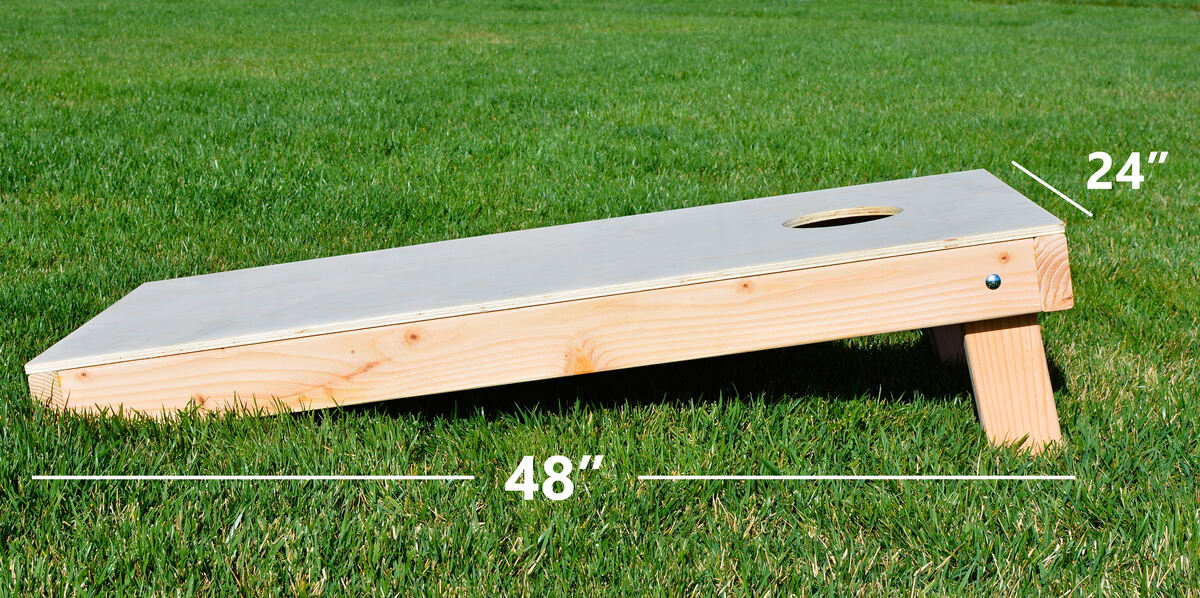
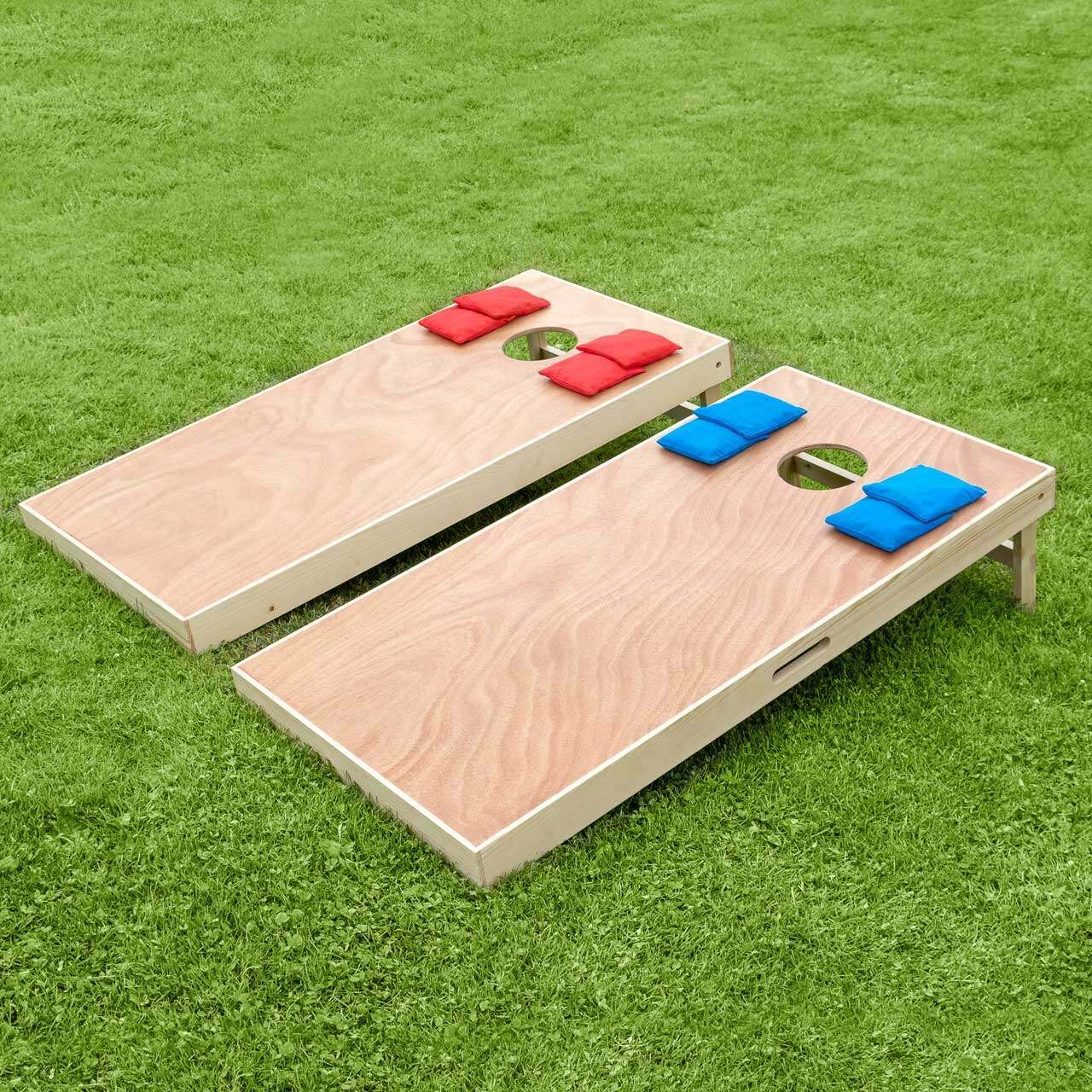
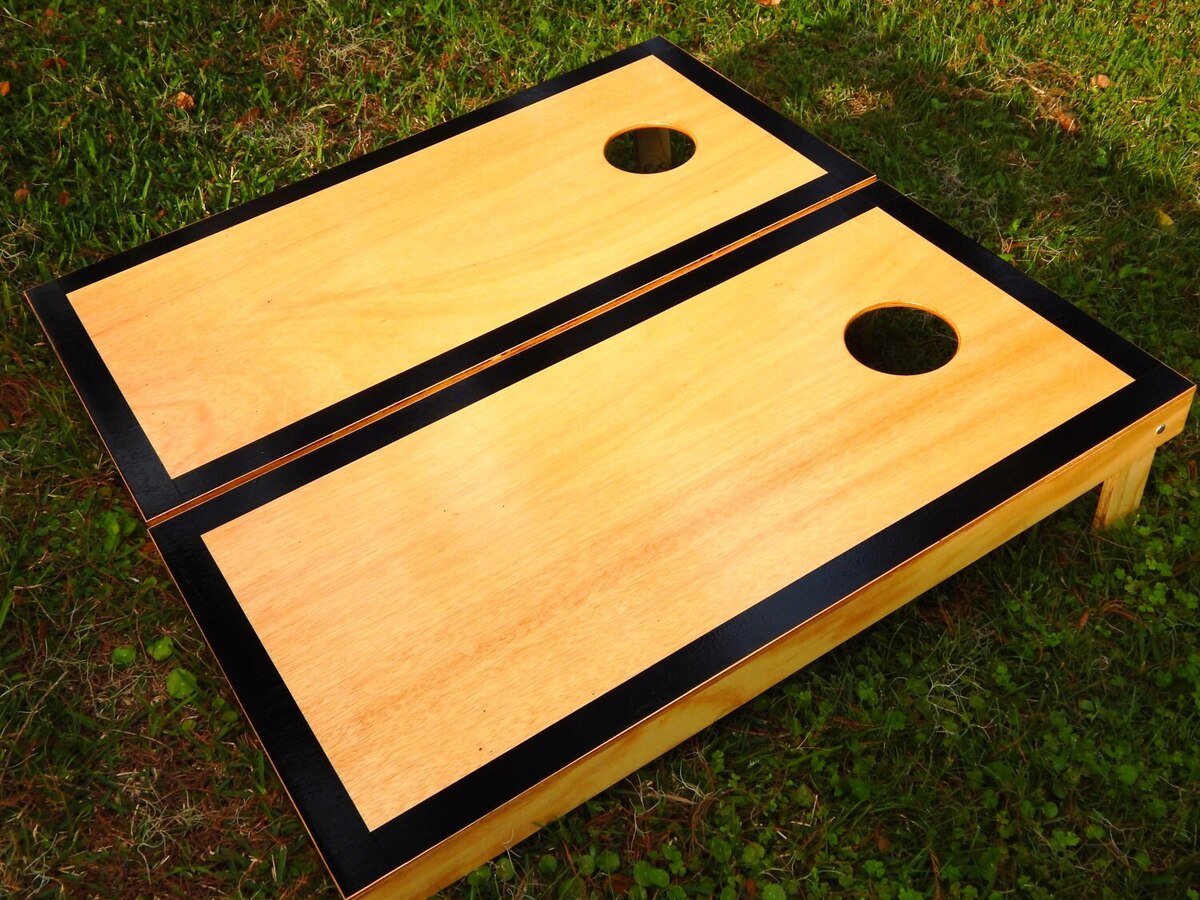
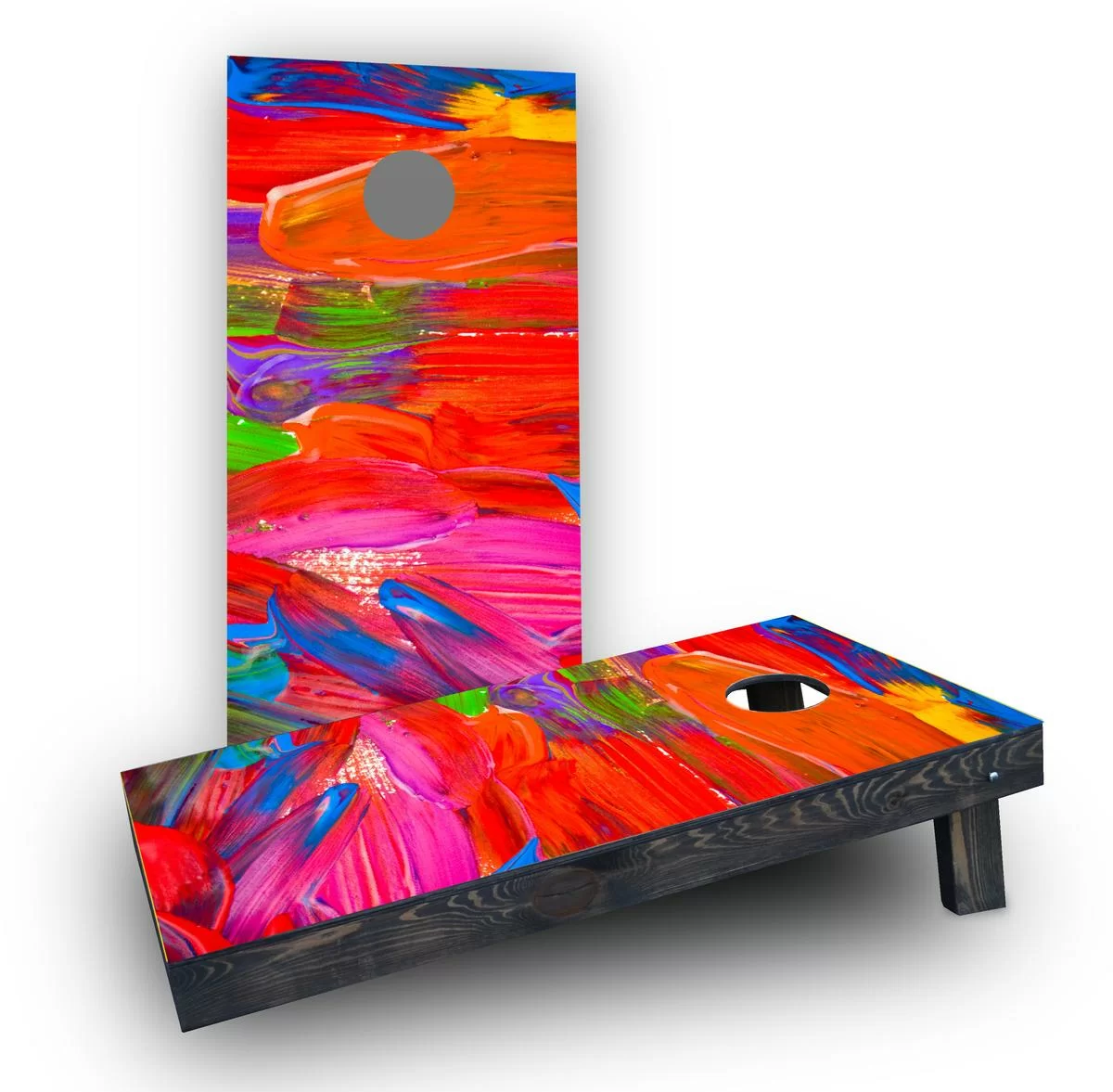
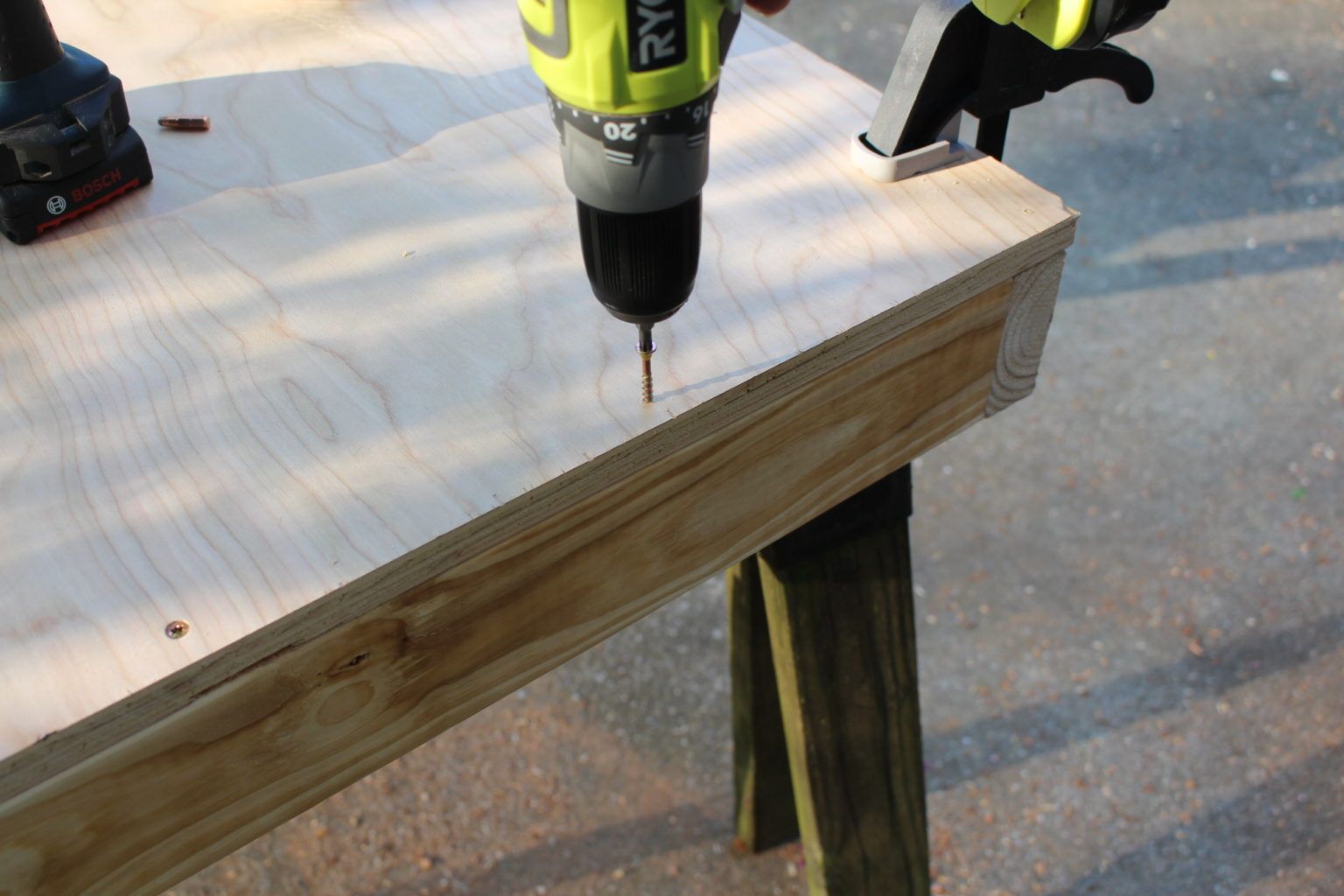
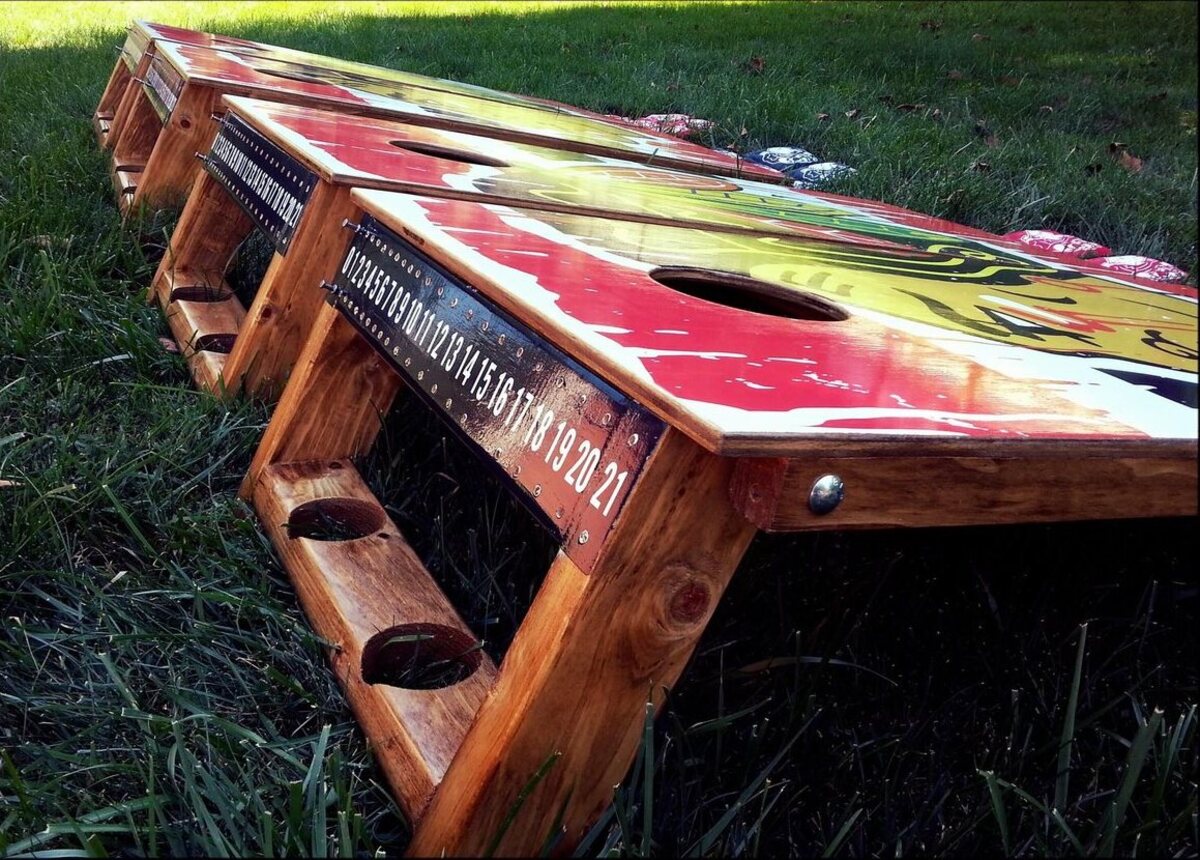
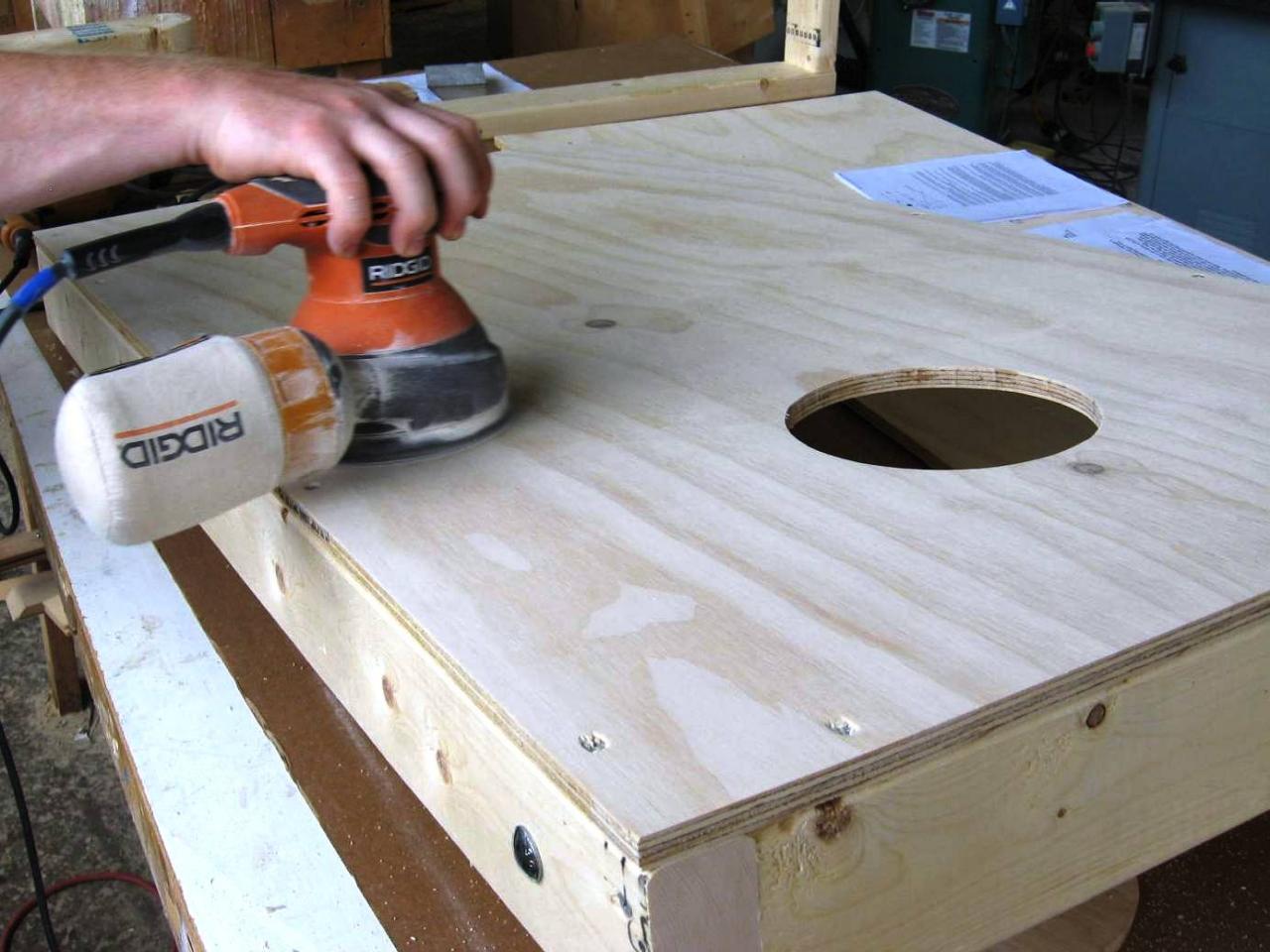
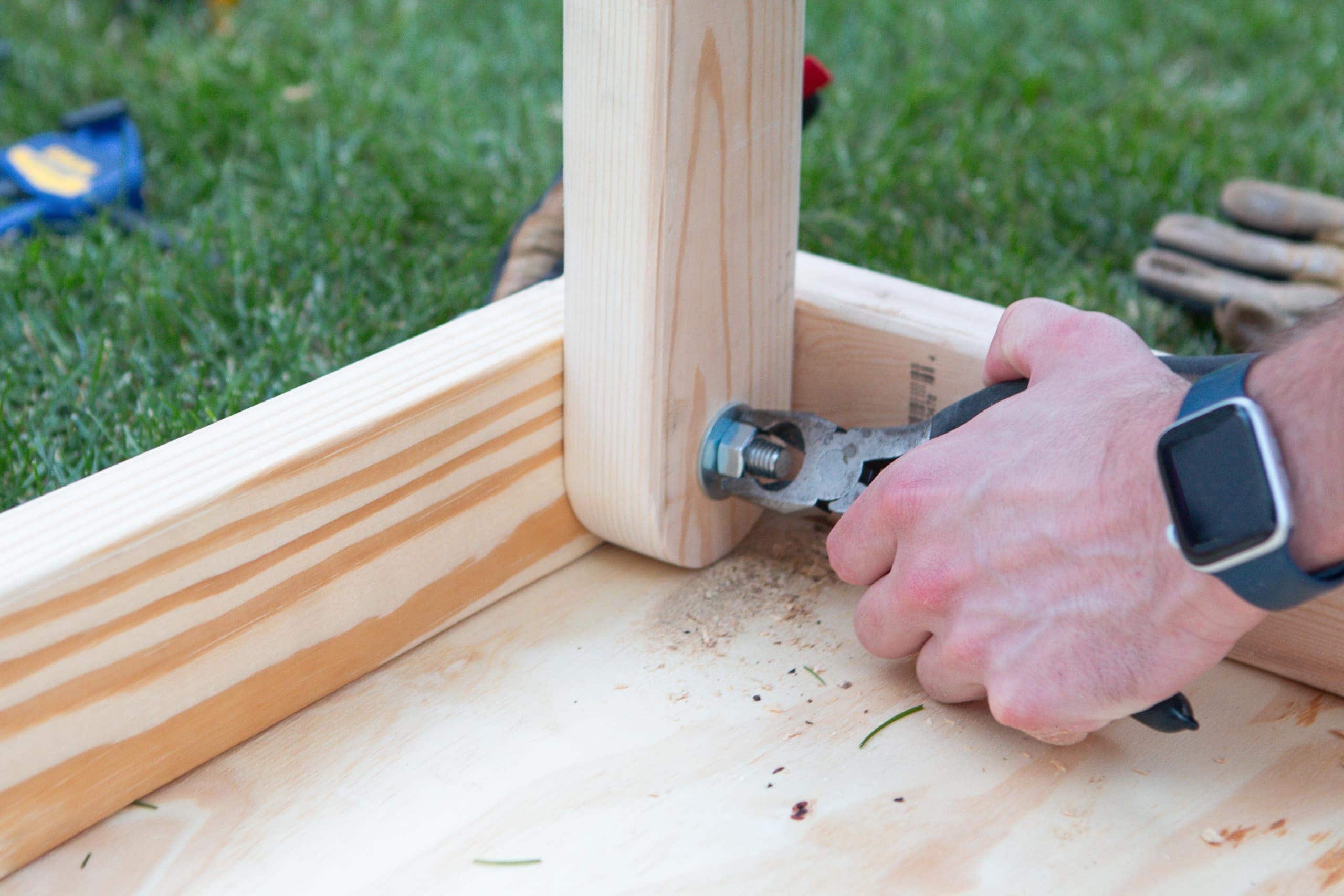
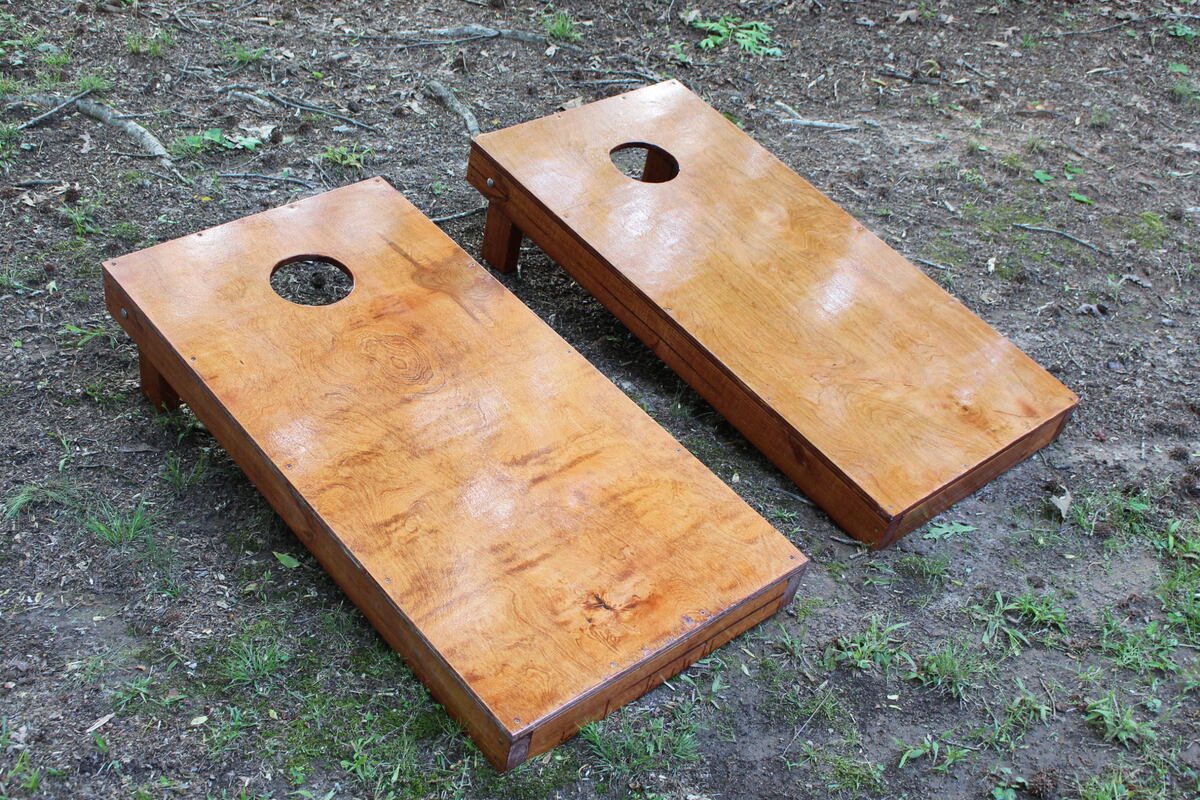
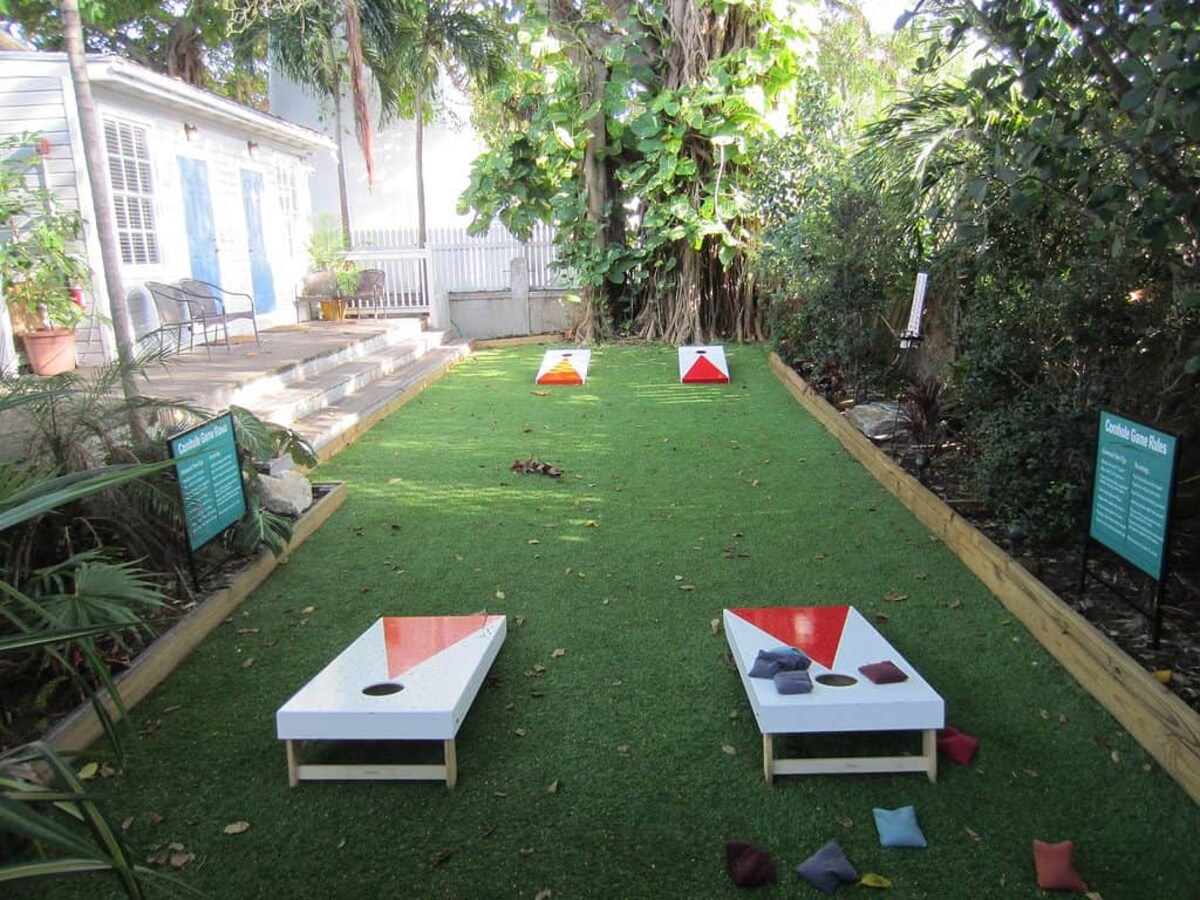
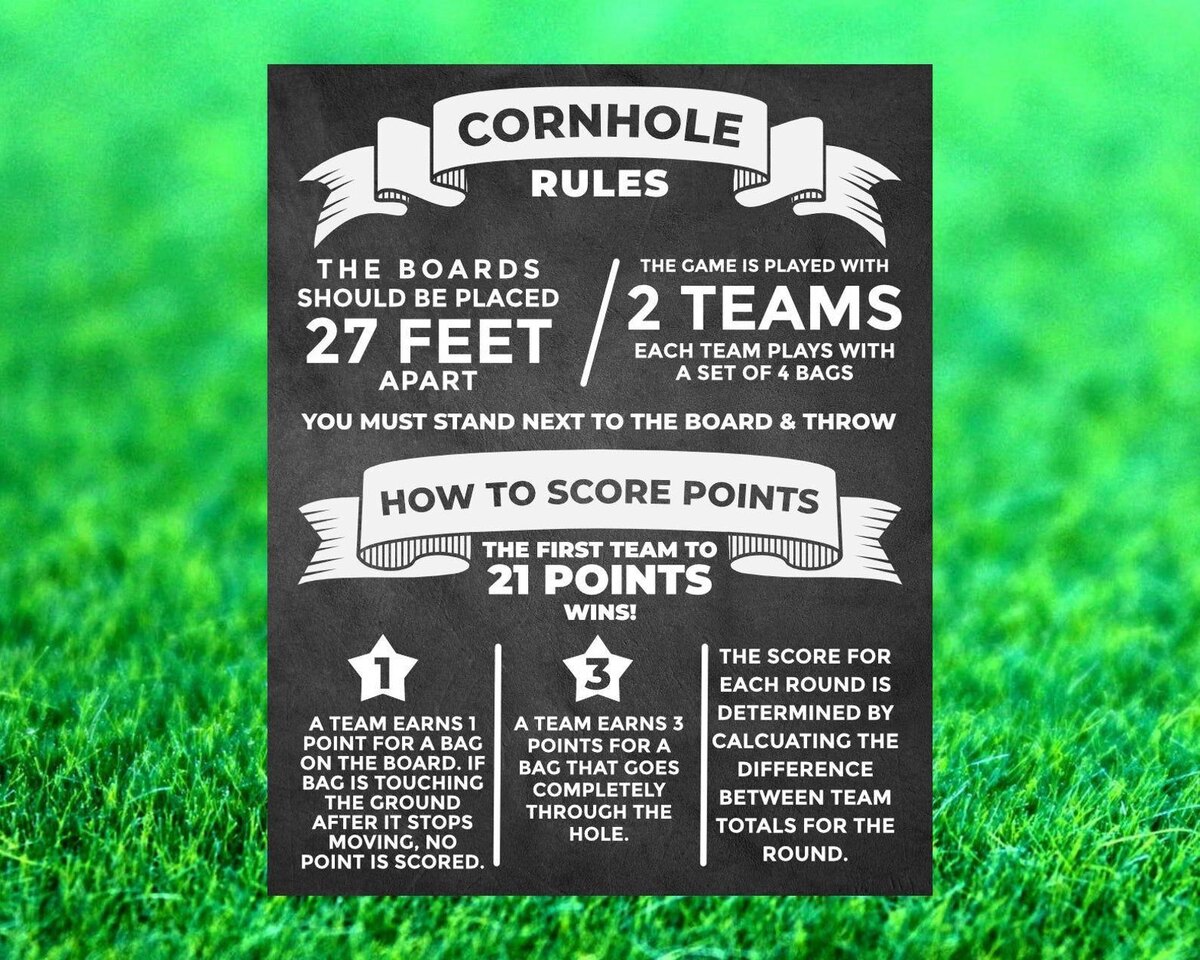
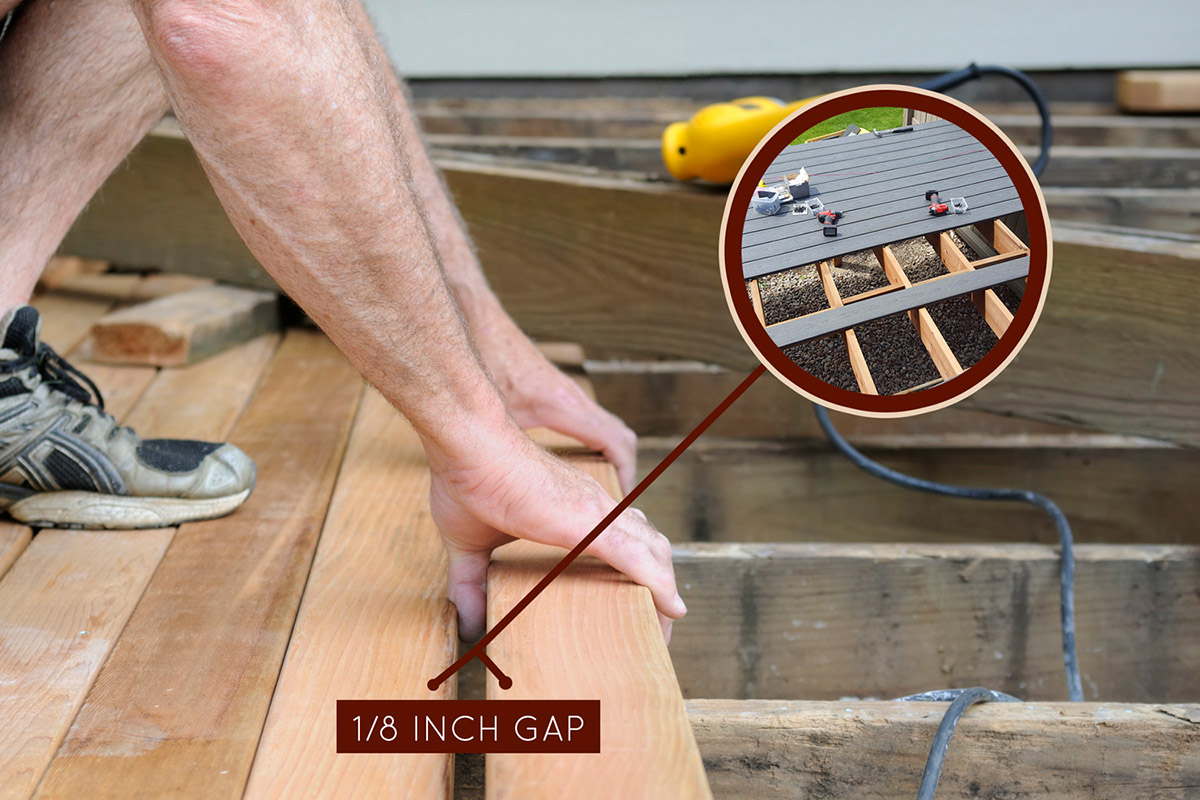
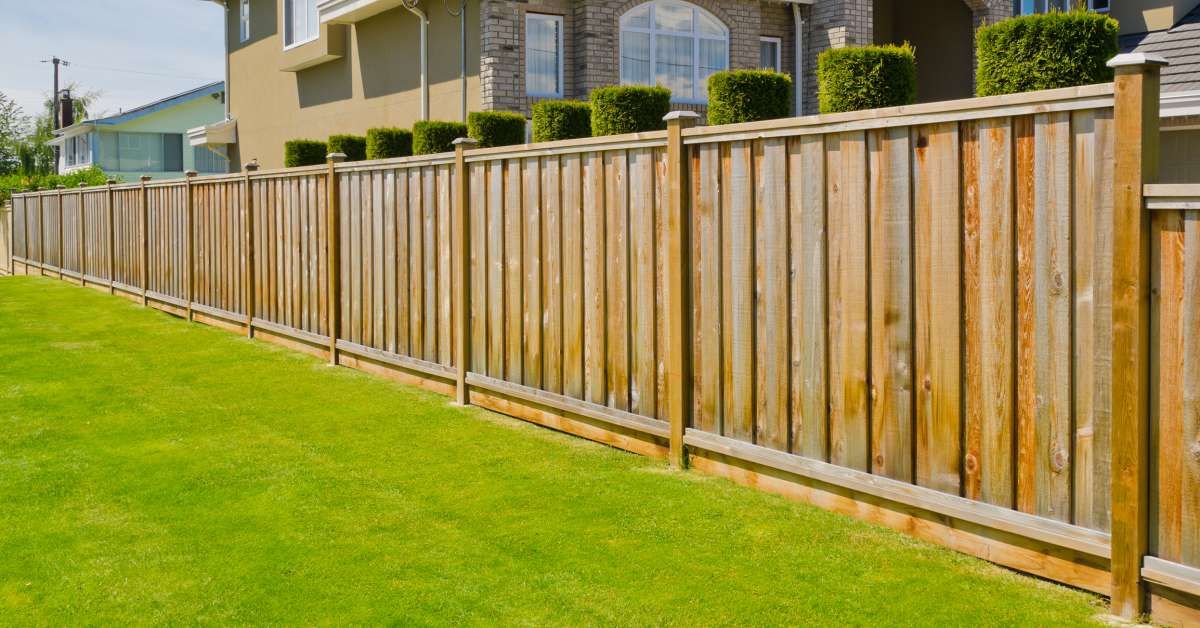
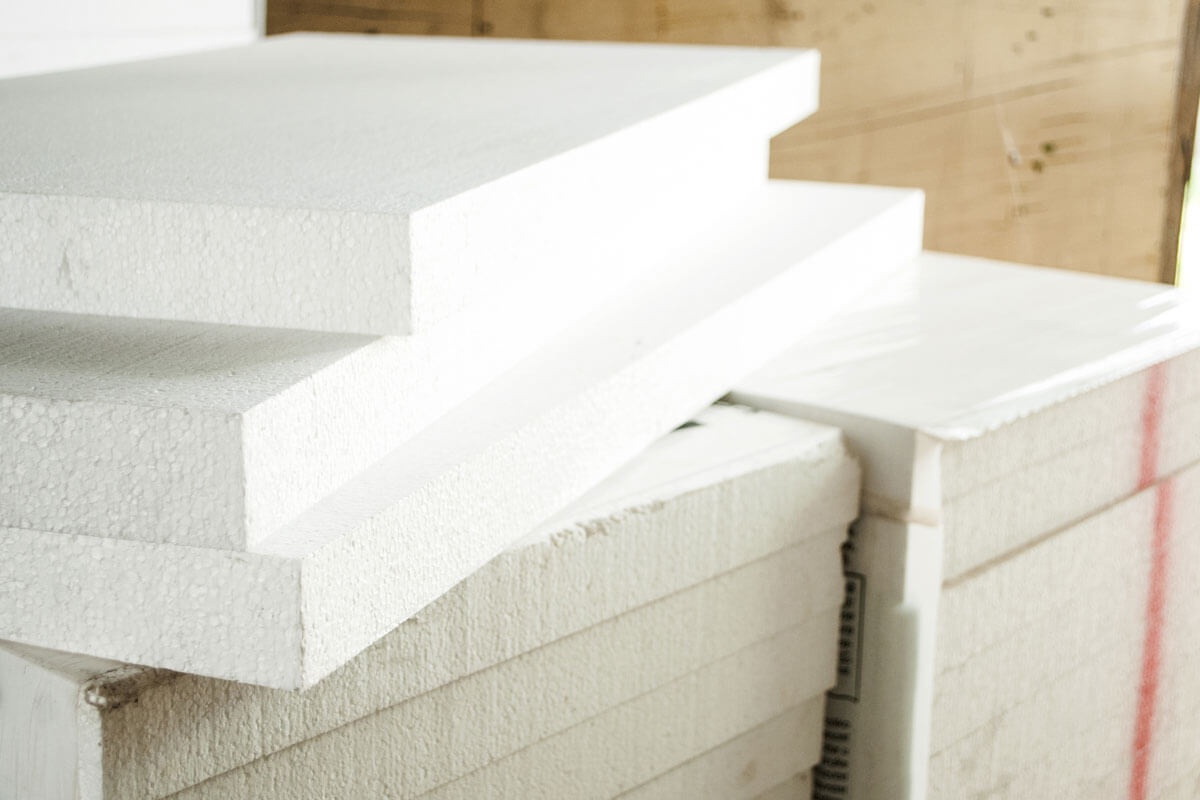

0 thoughts on “What Is The Distance Between Cornhole Boards?”